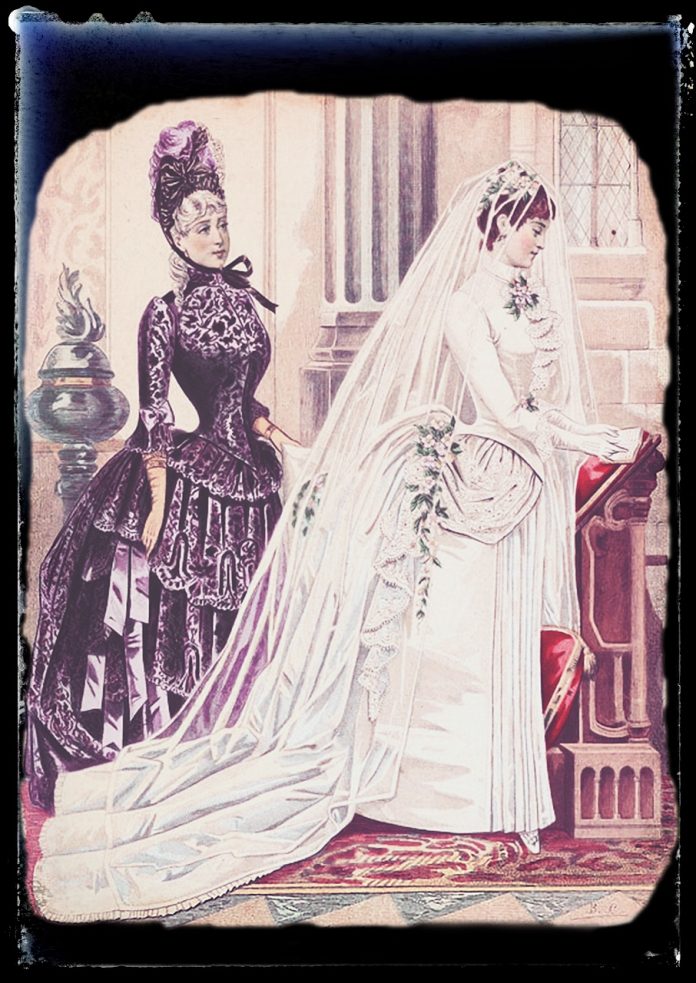That Affair at Elizabeth by Burton Egbert Stevenson: A Classic Mystery Revisited
Introduction to “That Affair at Elizabeth” by Burton Egbert Stevenson
“That Affair at Elizabeth” by Burton Egbert Stevenson stands out in early 20th-century detective fiction for its meticulous plotting and engaging storytelling. One of his notable contributions to the genre is “That Affair at Elizabeth,” a novel that exemplifies his adeptness at crafting intricate mysteries. First published in 1907, this book offers a glimpse into the early development of the detective genre, marked by its distinct narrative style and compelling characters.
The Author: Burton Egbert Stevenson
Burton Egbert Stevenson (1872-1962) was an American author, journalist, and librarian. Stevenson had a prolific career, writing a variety of works ranging from mystery novels to war-time anthologies and children’s literature. His background as a librarian and journalist significantly influenced his writing, imbuing his stories with a sense of realism and attention to detail. Stevenson’s contributions to literature extended beyond his books; he was a founder of the American Library in Paris and played a vital role in promoting literacy and education.
Plot Summary of “That Affair at Elizabeth” by Burton Egbert Stevenson
Mr. Lester and Mr. Royce are two brilliant lawyers. Royce goes to attend the wedding of his best friend Burr Curtiss as best man in Elizabeth town. Still, suddenly, he sends an urgent telegram to Lester to ask for assistance with a terrible and challenging case concerning the mysterious disappearance of the bride-to-be Marcia Lawrence an hour before the time set for the ceremony. Marcia is described as “as nearly perfect as any woman can be” and “an accomplished and cultured woman.” Jim Godfrey is a detective who helps Lester to understand the story behind Marcia’s disappearance. The enigmatic character of Lucy Kingdon, the maid of Mrs. Lawrence, the mother of Marcia, adds tension and intrigue to the story, being probably involved in the case. Meanwhile, the grave of a sinister man was found in the mansion of the Lawrence family. Perhaps the key to the mystery would be the family origin of both Burr and Marcia or some enigmatic past that intertwines their destinies. As the investigation unfolds, layers of secrets and hidden motives are revealed, challenging the protagonists to sift through red herrings and false leads.
Analysis of Themes and Characters
“That Affair at Elizabeth” delves into themes of trust, betrayal, and the intricacies of human relationships. Marcia Lawrence, with her portrayal as an almost ideal woman, becomes a focal point of these themes, as her disappearance casts a shadow over the seemingly perfect world she inhabits. The contrast between the idyllic setting of the wedding and the underlying tensions among the characters adds depth to the narrative. Stevenson’s characters are well-drawn and multi-dimensional. Mr. Lester and Mr. Royce, as the central figures of the investigation, represent the rational and analytical side of detective work. Their legal backgrounds equip them with a methodical approach to unravelling the mystery. Jim Godfrey, the detective, adds a layer of professional expertise and streetwise knowledge, complementing the lawyers’ perspectives. Lucy Kingdon’s ambiguous role and potential involvement in the disappearance introduce an element of suspense and unpredictability. The Lawrence family, with their hidden past and complex dynamics, serves as a microcosm of the more significant societal issues Stevenson subtly addresses. Issues of class, reputation, and familial obligations are woven into the fabric of the mystery, making it not just a puzzle to be solved but a commentary on the social mores of the time.
Stevenson’s Influence on the Detective Genre
Burton Egbert Stevenson’s contribution to the detective genre cannot be overstated. His attention to detail and commitment to realism paved the way for later authors who sought to elevate the detective story from mere entertainment to a sophisticated narrative form. “That Affair at Elizabeth” exemplifies his ability to craft a tightly plotted mystery while exploring deeper human emotions and societal issues. Stevenson’s work predates and possibly influenced the golden age of detective fiction, a period marked by the works of Dorothy L. Sayers, Agatha Christie and others. His approach to character development and intricate plotting can be seen as a precursor to the complexities found in later detective novels. By blending meticulous detail with engaging storytelling, Stevenson set a standard for the genre that continues to resonate with readers today.
Conclusion
“That Affair at Elizabeth” remains a compelling read for fans of classic mystery fiction. Burton Egbert Stevenson’s skilful blending of intricate plot, well-developed characters, and thematic depth ensures the novel’s place in the annals of detective literature. As readers delve into the mysterious disappearance of Marcia Lawrence, they are not only treated to a riveting whodunit but also invited to reflect on the broader social issues that underpin the narrative. Stevenson’s legacy as a pioneer of the detective genre endures, making “That Affair at Elizabeth” a timeless classic worthy of revisitation.





